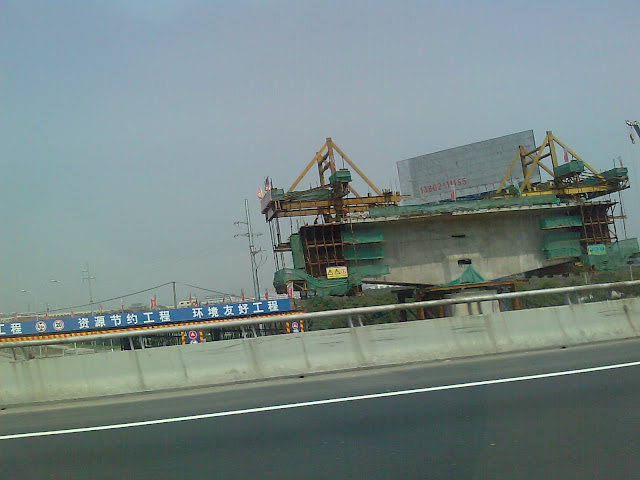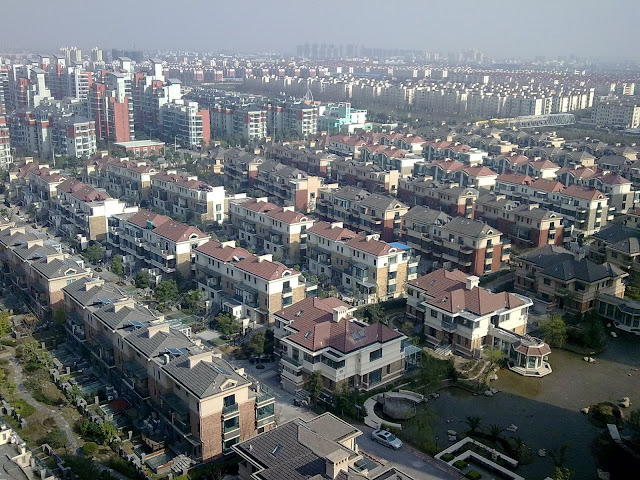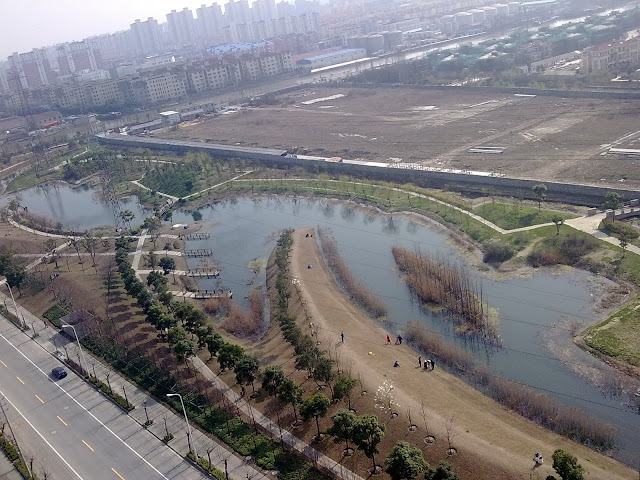Tourism is a prosperous industry in China. It drives the economy of many cities, like Guilin (where I am now) and Luoyang (my hometown). How to develop a sustainable tourist industry must have been the focus of many officials. Here is my observation, and thoughts, although I am not sure yet.
Moving Piers to Increase Transportation
Guilin is the popuar travel destination city (with an International airport), and Yangshuo is the emerging and even hotter place that people must visit. The cruise on the Lijiang River is many people’s choice to get to Yangshuo from Guilin, after arriving by air.
The origin pier to get onto the cruise was near the Elephant Hill, which is exactly at the downtown of Guilin. The tour guide told us in order to help the development of other areas, they moved the place to get on board to somewhere 29 km away from the city.
This way, it generate huge demand for transportation from the city. Almost all tourist company, taxi company, and local transportation company got customers. It easily cost much money.
I am not an expert of city planning. I just doubt whether this helps to build the local economy. The answer must be yes, but at what cost? I know the reason to put airports far away from the city is common practice for two reasons: 1) to avoid noise, and not to prevent the city from building tall buildings, 2) To help to pull the economy of places from airport to the city. That may makes sense for a big city, but for tourist city, travelers are customers, and does it still make sense?
Shopping Street
At the other side of the cruise, Yangshuo, situation is the same, or even worse. The moved the pier from the down to another one far from the old town. You have to take the electronic shuttles (10 RMB per person, which means 40 RMB for us) to the town. That is almost the only choice – walking is not feasible.
I am very sure that by providing that mandate transportation, the government get at least 20 RMB per tourist (round trip) as tourist tax (without the name of tax). That is, I would say, short sight.
Also, before we can get to the shuttle station, we have to walk for 15 minutes along a shopping street with hundreds of small shops along both way. Every single shop is selling exactly the same thing – they even do not bother to sell souvenirs – they sell the stuff you can see from every tourist place across China. By showing you the same thing hundreds of time, the local government official must believe this is the most effective way of increasing the local tourism income.
Well. I believe they must be very successful in doing this, but again, at what cost?
Too Commercialized
In Yangshuo, every tourists are bothered by people approaching you asking about Impression Liusan Jie, or restaurants or hotels (one guy said sincerely to me: “This hotel obviously does not suite people like you – it is way too expensive”). Is squeezing every penny out of tourist the most important thing? I know local government does not directly control vendors, but they can (just as they move the piers). It is just a matter of whether they want to or not.
My gut feeling is, every place needs to go through this process of squeezing money to provide value, and grow with its customers (refers to Customers Wants Service to be Bad). I know I am not on the driver seat to make the decision, and I really don’t know what my choice will be if I am in charge of the tourism of a small city – will I be too attracted by the golden eggs to kill the goose, or just kill one of my gooses, to get my first barrel of gold?
So, my question I want to seek for an answer is, Whether Making it Hard to Tour is the Solution for Chinese Tourism?









